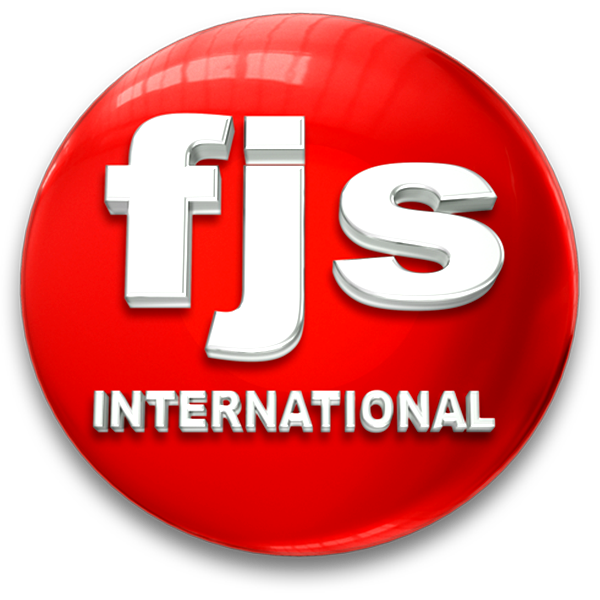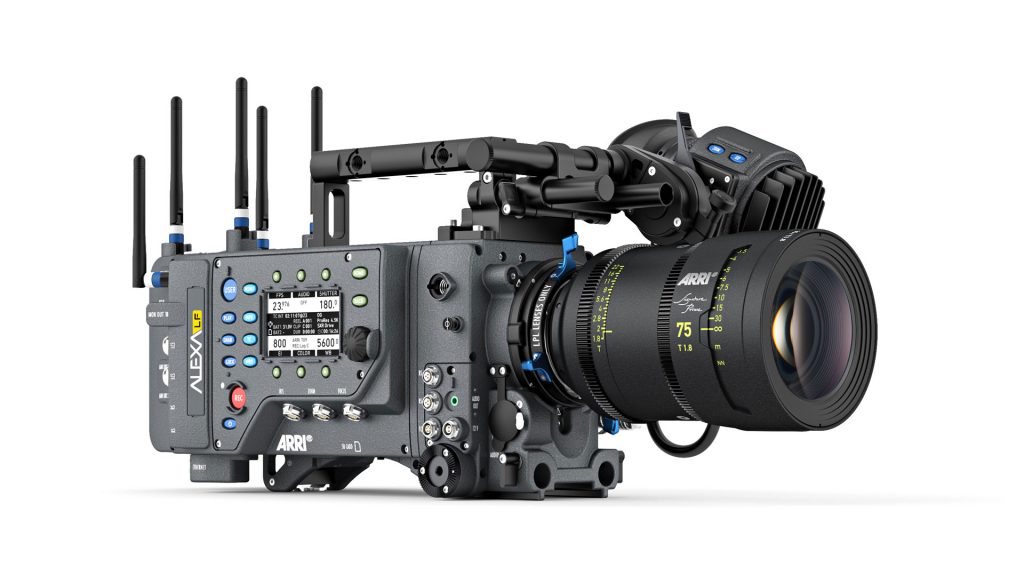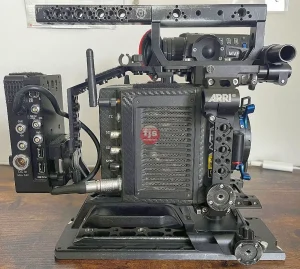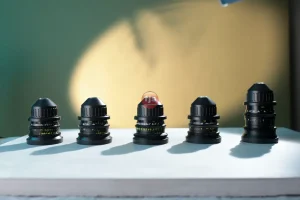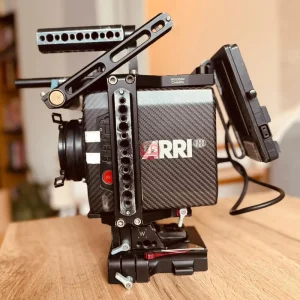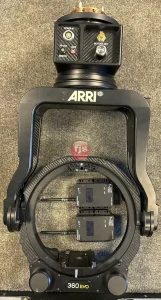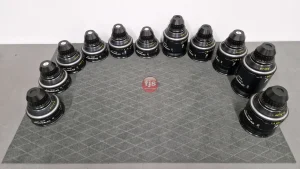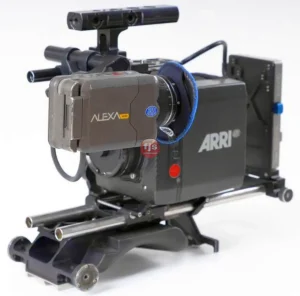Metrology is an indispensable, non-negotiable component of ZEISS R&D, providing the precise, quantitative data necessary for validating prototypes and fueling technological innovation across all divisions.
For ZEISS, a global technology leader across optics, microscopy, and industrial metrology, the commitment to research and development (R&D) is evidenced by its significant investment in the area. At the heart of this R&D ecosystem is metrology—the science of measurement. Metrological systems and expertise are not merely used for final quality control (QC); they are integrated directly into the product lifecycle’s initial stages, acting as a powerful diagnostic tool to accelerate design iteration, characterize novel materials, and guarantee the performance of next-generation optical and optoelectronic solutions.
Metrology’s Specific Contributions to ZEISS R&D:
- Prototype Evaluation and Design Validation:
- During the design phase, Coordinate Measuring Machines (CMMs), optical 3D scanners, and Computed Tomography (CT) systems are used to perform full-field, non-destructive testing (NDT) on prototypes and pilot-run components. This provides precise dimensional accuracy and Geometric Product Specification (GPS) data, allowing engineers to instantly compare the ‘as-built’ reality against the ‘as-designed’ CAD model. This rapid, accurate nominal-actual comparison accelerates the design-test-iterate cycle.
- Advanced Material Science and Characterization:
- The development of new high-performance products, such as next-generation EUV lithography optics or sophisticated medical devices, relies on cutting-edge materials. ZEISS utilizes its own microscopy solutions (Light, Scanning Electron Microscopy (SEM), X-ray Microscopy) in conjunction with metrology for comprehensive material characterization. This allows R&D teams to analyze grain structure, porosity, material homogeneity, and surface coatings at the micro- and nano-scale, ensuring material properties meet functional requirements.
- Process Development and Manufacturability:
- Metrology ensures that a new product isn’t just feasible in design, but also manufacturable at scale. By measuring the precision of tooling, molds, and early production fixtures using high-accuracy CMMs (e.g., ZEISS PRISMO), R&D can identify and correct potential process deviations and sources of measurement uncertainty before full production rollout. This drastically reduces the time and cost associated with scaling up new product lines.
- Structural Testing and Deformation Analysis (3D Testing):
- For products subjected to extreme mechanical or thermal stresses (e.g., in aerospace or automotive R&D), ZEISS employs optical 3D testing systems like ARAMIS and TRITOP. These systems use photogrammetry and Digital Image Correlation (DIC) to measure full-field strain, displacement, and deformation dynamically under load. This non-contact approach is vital for validating mechanical designs and finite element models (FEMs) against real-world performance data.
- Correlative Metrology and Data Fusion:
- ZEISS champions the concept of Connected Quality, where data from different metrology systems (CT, CMM, Microscopy) are combined and analyzed using integrated metrology software (e.g., ZEISS INSPECT). This correlative metrology workflow provides a holistic view of a component, linking dimensional precision to internal structures and material properties, which is critical for solving complex R&D challenges, particularly in additive manufacturing (AM).
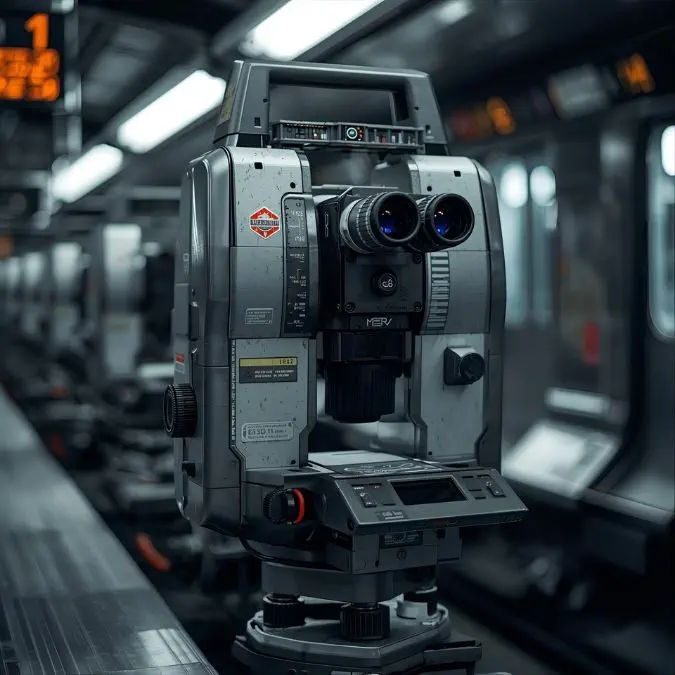
Key Features and Benefits:
| Feature in ZEISS R&D | Benefit to Product Innovation |
| Multi-Sensor Systems (Tactile, Optical, CT) | Comprehensive Component Insight: Enables measurement of hidden features and internal defects, improving functional design. |
| High-Resolution Microscopy Integration | Materials-by-Design: Links macro-level geometry to micro- and nano-scale material properties, driving true innovation. |
| Advanced Metrology Software (e.g., CALYPSO) | Accelerated Iteration Cycles: Rapid processing of complex 3D data shortens the time-to-market for new technologies. |
| Non-Contact 3D Testing (DIC/Photogrammetry) | Robust Performance Validation: Provides critical data on material and structural behavior under stress, reducing failure risk. |
| Traceable Data and Documentation | Intellectual Property Protection & Auditability: Ensures all R&D results are documented, traceable, and legally sound for future certifications. |
Conclusion:
Metrology is fundamental to the sustained technological leadership of ZEISS. By transforming physical and material attributes into high-precision, quantitative quality data, metrology acts as a continuous feedback loop that informs design decisions, validates performance claims, and de-risks the transition from concept to mass production. This integration ensures that every innovative product launched by ZEISS is built upon a foundation of verifiable, world-class precision.
Questions and Answers:
- Q: What is the main metrology challenge in R&D for new materials like those used in Additive Manufacturing (AM)?
- A: The main challenge is non-destructively inspecting complex internal geometries, porosities, and material defects, which is overcome by Industrial CT metrology which generates traceable 3D volume data for analysis.
- Q: How does metrology reduce the time-to-market for a new ZEISS product?
- A: By providing fast, accurate inspection data for prototypes and tooling, metrology allows R&D teams to compress the design-test-iterate loop and ensure manufacturability and high-quality from the start, avoiding costly redesigns late in the development process.
- Q: Besides dimensional checks, what other non-destructive analyses are crucial in R&D?
- A: Material characterization (porosity, inclusions, grain structure) using SEM and X-ray microscopy, as well as 3D testing for dynamic deformation and strain analysis, are crucial for validating product performance under real-world conditions.
- Q: What ZEISS software supports the R&D workflow?
- A: ZEISS CALYPSO for CMM programming, ZEISS INSPECT for 3D data analysis and nominal-actual comparison, and ZEISS PiWeb for managing and visualizing vast amounts of quality data from various R&D metrology systems.
